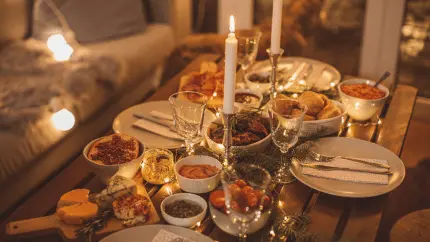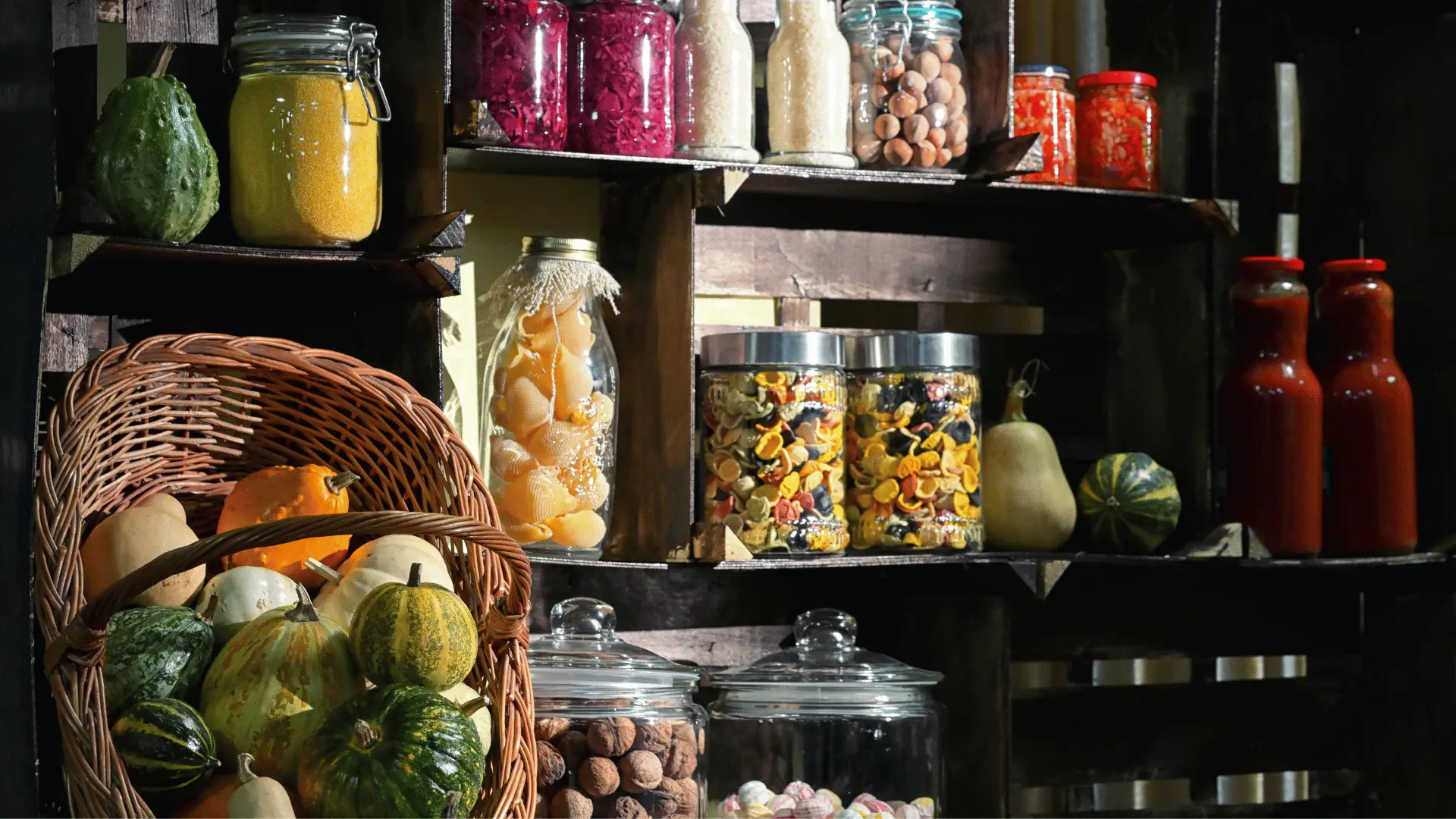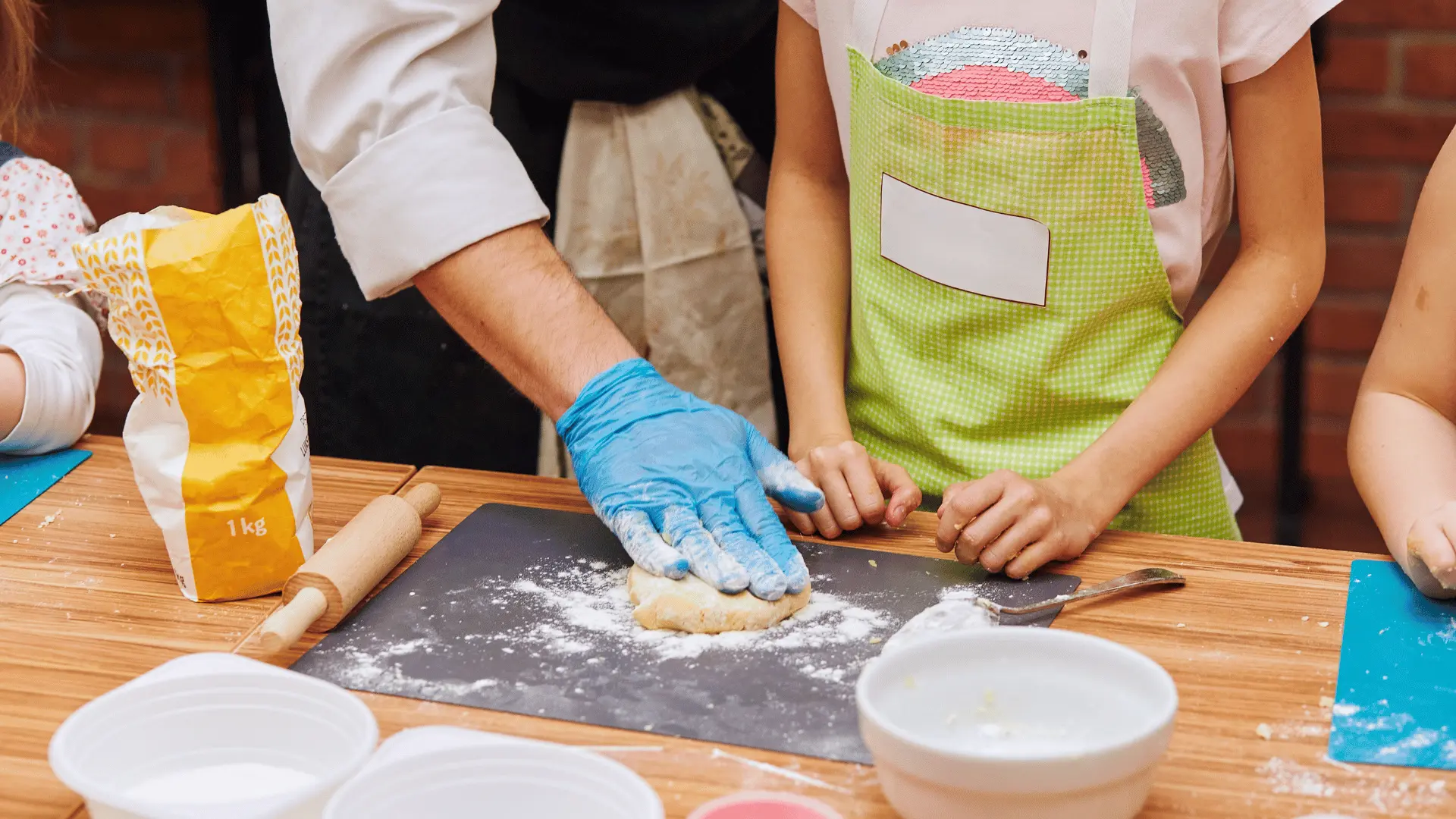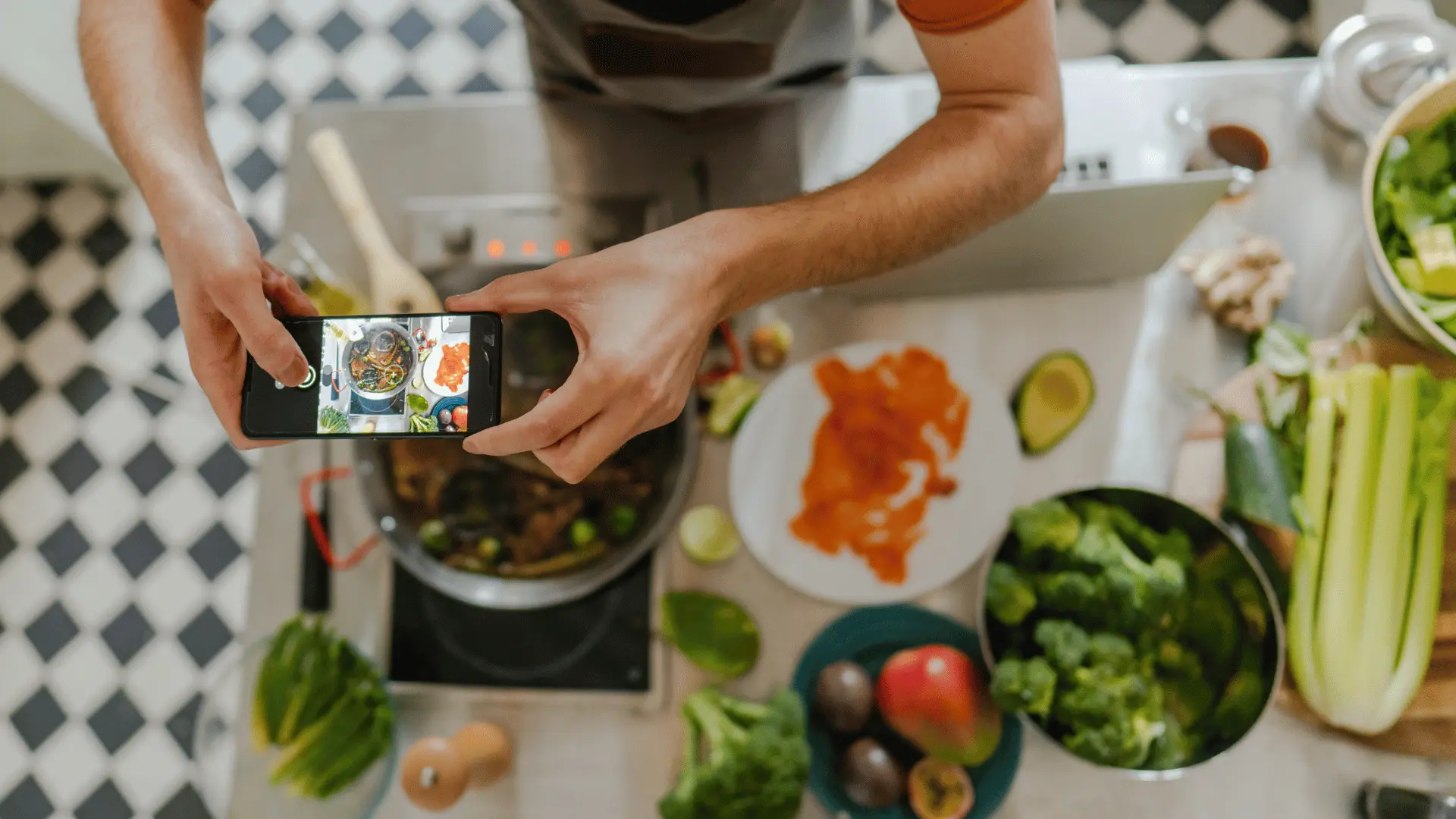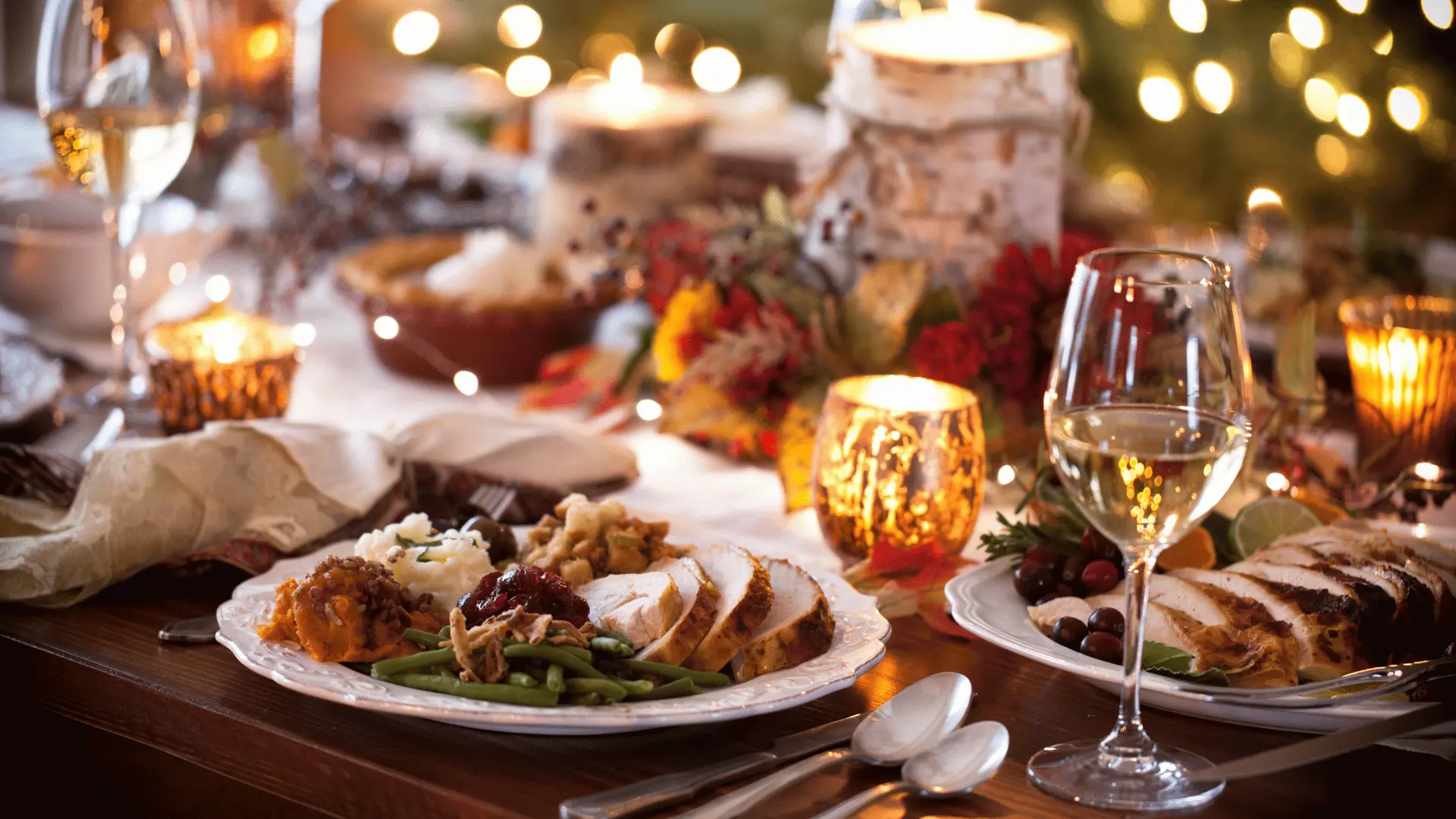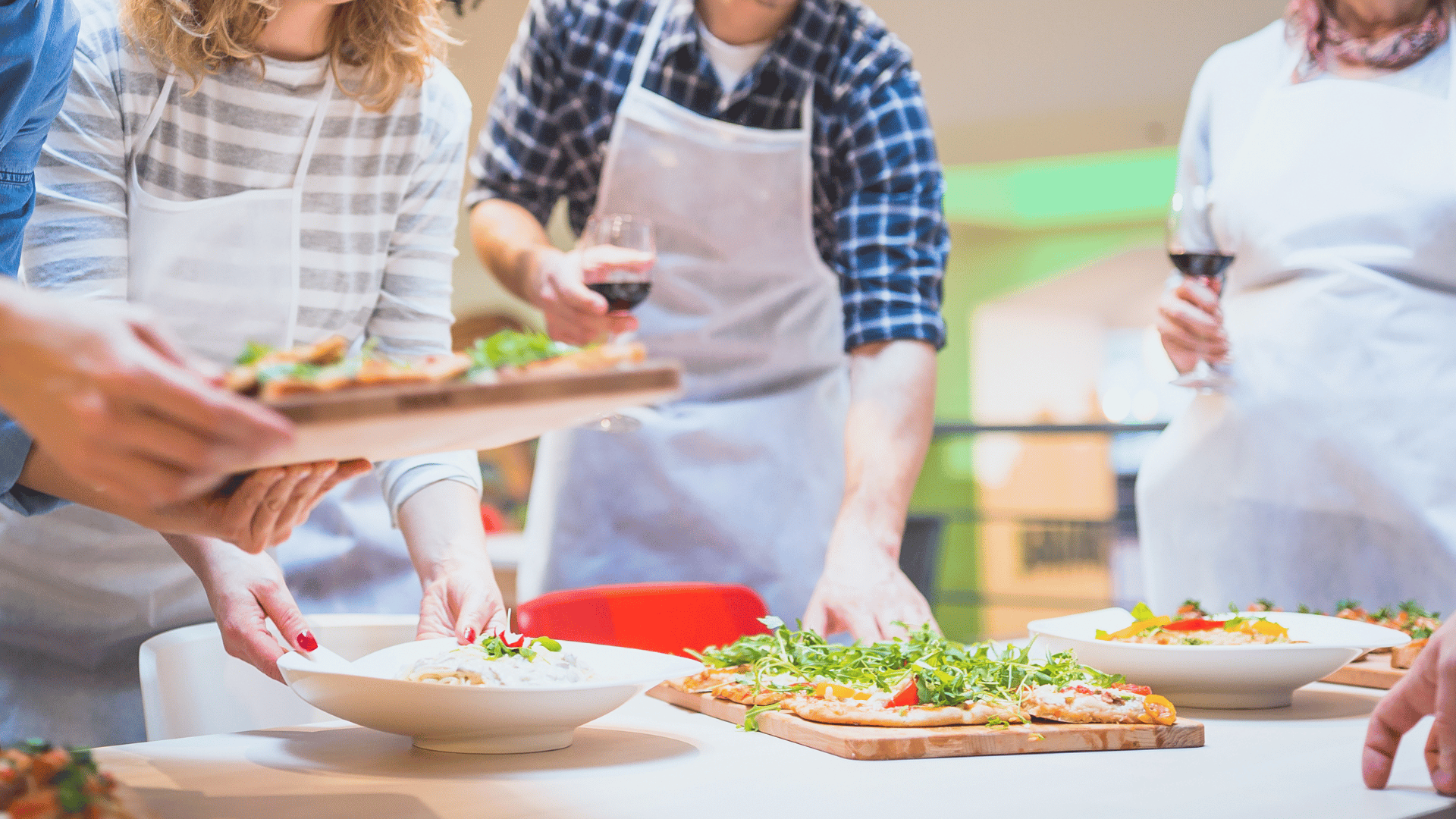
How Food Memories Strengthen Family Bonds Across Generations
Think back to your earliest food memory. Maybe it was the smell of cinnamon rolls baking on a snowy morning, or the sound of a sizzling skillet as your dad flipped pancakes on a Saturday. Chances are, when you recall these moments, you don’t just taste the food—you feel the warmth of family. That’s the power of food memories: they are emotional anchors that bind us to the people we love, across generations.
We’ve always believed that food tells a story. But we’ve also come to realize that food memories carry something even deeper: they connect us to our roots, to one another, and to the traditions that make us who we are. In a world that often feels rushed and fragmented, preserving these food memories is one of the most powerful ways to strengthen family bonds.
Why Food Memories Matter
When we sit down to a meal, we’re rarely aware of how many layers of history we’re tasting. That cornbread recipe? It might trace back to your great-grandmother’s kitchen. That sauce simmering on the stove? It could have been passed down through generations, each one leaving its mark by adding a new spice or technique. Food memories remind us that we’re part of something bigger—a continuum of family, culture, and care.
Psychologists even tell us that smell and taste are among the strongest memory triggers. A single bite can bring back decades of experiences, collapsing time so that we’re once again sitting in grandma’s kitchen or running through the backyard waiting for burgers to come off the grill. That sensory connection is what makes food memories so powerful in preserving family ties.
Recipes as Storytellers
Every recipe has a voice if we’re willing to listen. The smudged ink on a handwritten card, the notes scribbled in the margins (“add more butter if kids are around”), or the worn page of an old church cookbook all whisper stories of love, improvisation, and tradition. When we cook from those recipes, we’re not just following instructions—we’re reliving the moments and honoring the people behind them.
This is why food memories serve as a form of storytelling. When you pass along a dish, you’re not just giving someone a taste—you’re giving them a piece of history. The recipe becomes a narrative thread, weaving past experiences into the present and carrying them forward into the future.
Food as a Bridge Between Generations
In families, food often acts as the great equalizer. Even when generations are separated by technology, culture, or distance, a shared dish can create instant connection. Cooking together offers opportunities for children to learn from elders, for parents to pass on values, and for traditions to evolve while still honoring their roots.
Think about how many family memories happen in the kitchen: kids licking cookie dough off spoons, teenagers being taught how to grill, or grandparents showing the secret to rolling perfect dumplings. These aren’t just casual moments—they’re lessons in belonging. When families cook and eat together, they create bonds that are hard to replicate anywhere else.
The Emotional Power of Shared Meals
Sociologists have long studied the power of the shared meal, and the findings are consistent: families that eat together report stronger relationships, greater emotional well-being, and even healthier lifestyles. But beyond the research, we all know this intuitively. Sitting down to a meal together means sharing stories, laughter, and comfort. It’s where we celebrate milestones, process challenges, and remember those who are no longer at the table.
Food memories amplify this power. When a dish carries the weight of history, it makes the meal itself an act of remembrance. Grandma’s pie isn’t just dessert—it’s a reminder of her presence, her love, and the countless Thanksgivings she helped create. Passing down that pie recipe keeps her story alive, even for generations who never met her.
How to Preserve Food Memories
The beauty of food memories is that they can be preserved—if we’re intentional. Here are some ways families can make sure these bonds aren’t lost:
- Document recipes: Write them down, scan them, or take photos. Don’t let them vanish with time.
- Capture the context: Record the stories behind each dish—where it came from, who cooked it first, and why it matters.
- Cook together: Invite younger generations into the kitchen. Let them stir, taste, and learn hands-on.
- Add multimedia: Record videos of loved ones cooking, or capture audio clips of them describing their methods.
- Use digital tools: Platforms like Recipe Memory allow families to store recipes, photos, and stories in one place, ensuring they live on in both memory and practice.
When food memories are preserved, they become living heirlooms. Each generation adds to the story, tweaking ingredients or adding new dishes, while still honoring the flavors that came before.
The Role of Food in Cultural Identity
Food memories aren’t just personal—they’re cultural. They remind us where we come from and help us pass those traditions forward. A bowl of pho, a plate of tamales, or a pot of gumbo isn’t just a meal—it’s a cultural statement, a celebration of heritage, and an invitation to share identity across time.
By preserving these recipes, families ensure that cultural knowledge doesn’t fade. Even as life changes and families spread out, food memories provide a way to stay rooted in traditions that might otherwise be lost.
Food Memories in a Digital Age
In the past, food memories were passed down orally or through handwritten cards. Today, we have the chance to expand those traditions in new ways. With tools like Recipe Memory, you can combine the old with the new—scanning recipe cards, uploading photos, and recording family members’ stories, all stored in a digital family cookbook. This not only preserves the memories but also makes them accessible across states, countries, and generations.
Imagine your children cooking your mother’s soup decades from now, guided by her handwriting, her voice, and maybe even a video of her stirring the pot. That’s the power of digital storytelling through food—it ensures that the memory isn’t just archived but experienced.
Key Takeaway
Food memories are more than nostalgia—they’re the threads that weave families together. They remind us of who we are, where we came from, and how love is expressed across generations. By preserving and sharing recipes, stories, and experiences, we keep those bonds strong, even as time moves forward.
With Recipe Memory, families can capture these culinary stories in a way that blends tradition with technology. Because at the end of the day, food isn’t just about feeding bodies—it’s about feeding connections. And those connections, strengthened through memory, will last for generations to come.
Love what you’re reading?
Join Recipe Memory today to save your favorite recipes, plan meals with ease, and create smart grocery lists ...all in one place.
